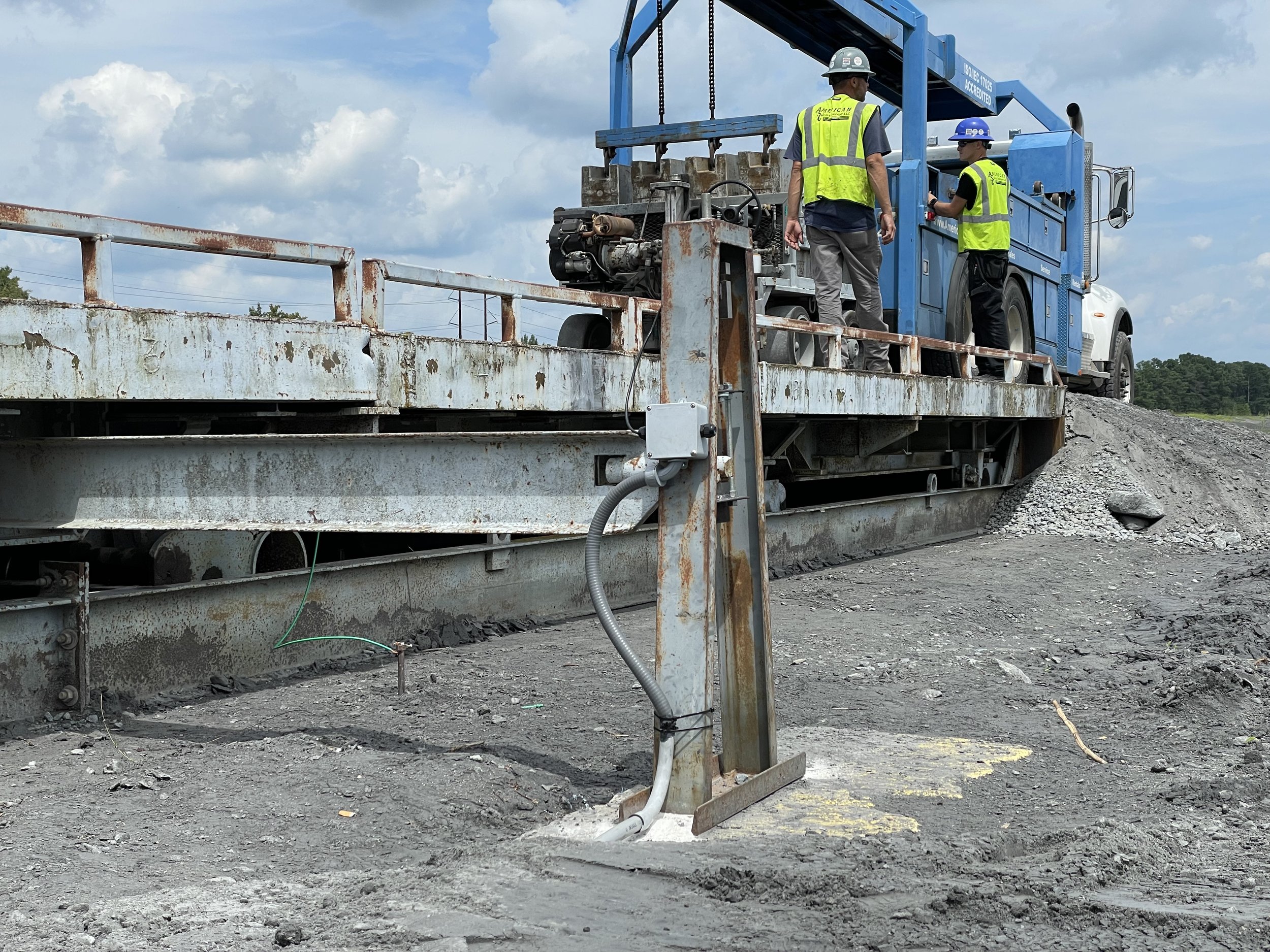In the dynamic landscape of industrial operations, maintenance stands as a critical pillar supporting efficiency, reliability, and safety. From manufacturing plants to construction sites, industrial scales are an integral part of daily operations. And with daily operations comes daily wear and tear on the equipment, especially scales.
This article takes a deep dive into industrial-scale maintenance, exploring different types, best practices, challenges, and innovations shaping the field for the current and upcoming years.
Types of Industrial-Scale Maintenance:
Preventive Maintenance (PM):
Preventive maintenance involves scheduled inspections, repairs, and replacements aimed at preventing equipment failures before they occur. It follows a calendar-based or usage-based approach and includes tasks such as lubrication, cleaning, and component replacements. PM aims to minimize downtime and extend equipment lifespan.
Generally when you look at a client that has a truck scale. A preventative maintenance schedule could involve quarterly scale calibrations and scale cleanings. This would be determined by the client and how often their scale is in operation.
Predictive Maintenance
Predictive maintenance leverages data analytics, sensors, and machine learning algorithms to predict equipment failures before they occur. By monitoring parameters such as temperature, vibration, and performance metrics in real-time, predictive maintenance enables scale technicians to identify potential issues and schedule interventions proactively, optimizing maintenance schedules and reducing unplanned downtime.
A good example of predictive maintenance is when your scale software monitors your production load cell line. If the load cell breaks, it will stall production until it is fixed or replaced. If you have software that manages your scale, it can monitor the performance and recommend load cell maintenance or replacement to prevent downtime.
Condition-Based Maintenance
Condition-based maintenance focuses on monitoring the actual condition of equipment in real-time to determine the need for maintenance. It relies on sensors, IoT devices, and predictive analytics to assess parameters such as temperature, pressure, and fluid levels. It enables maintenance teams to tailor interventions based on equipment health, maximizing operational efficiency and resource utilization.
Corrective Maintenance
Corrective maintenance, involves repairing or replacing equipment after a failure occurs. While it is often considered reactive, it plays a crucial role in addressing unexpected breakdowns and restoring operations promptly. CM is complemented by other maintenance strategies to minimize its occurrence and impact on productivity.
This can help with identifying possible other trouble areas when performing maintenance or a replacement. A technician could be performing maintenance on a load cell, and see there may be an issue with the cabling that needs to be addressed as well.
Best Practices in Industrial-Scale Maintenance
Asset Management and Documentation:
Comprehensive asset management and documentation are essential for effective maintenance planning and execution. This includes maintaining an accurate inventory of equipment, documenting maintenance history, and establishing clear procedures for inspections, repairs, and replacements.
Data-Driven Decision Making:
Leveraging data from sensors, equipment logs, and maintenance records enables informed decision-making in maintenance planning and scheduling. Analyzing historical data, trends, and performance metrics helps identify patterns, optimize maintenance intervals, and prioritize critical tasks.
Proactive Maintenance Planning:
Proactive maintenance planning involves anticipating maintenance needs based on equipment performance, operational requirements, and environmental factors. By adopting preventive, predictive, and condition-based strategies, organizations can minimize downtime, reduce costs, and enhance overall reliability.
Continuous Improvement and Training:
Encouraging a culture of continuous improvement and investing in employee training are integral to optimizing maintenance practices. Regular training programs on new technologies, best practices, and safety protocols empower maintenance teams to adapt to evolving challenges and leverage emerging tools effectively.
Challenges in Industrial-Scale Maintenance:
Complexity and Scale:
Maintaining large-scale industrial equipment involves managing complex systems comprising numerous components and subsystems. Coordinating maintenance activities across multiple assets, sites, and departments presents logistical challenges and requires robust planning and coordination.
Resource Constraints:
Limited resources, including skilled labor, spare parts, and maintenance budgets, pose significant challenges in industrial-scale maintenance. Balancing competing priorities, optimizing resource allocation, and minimizing costs while ensuring operational reliability require careful strategic planning and efficient utilization of available resources.
Downtime and Production Losses:
Unplanned downtime resulting from equipment failures can lead to significant production losses, revenue impacts, and reputational damage. Minimizing downtime while maximizing equipment availability and performance remains a constant challenge for maintenance professionals.
Technological Integration and Adoption:
Integrating new technologies such as IoT, predictive analytics, and AI-driven maintenance solutions requires overcoming technical, organizational, and cultural barriers. Ensuring interoperability, data security, and user acceptance are crucial for successful technology adoption and realization of its benefits.
Closing Words
Scale maintenance encompasses a diverse array of strategies, challenges, and innovations aimed at ensuring the reliability, efficiency, and safety of critical assets and infrastructure. By adopting proactive maintenance approaches, leveraging data-driven insights, and embracing emerging technologies, organizations can optimize maintenance practices, minimize downtime, and unlock new levels of operational performance in an increasingly complex and interconnected industrial landscape.
American Scale is your source for industrial scales and all encompassing applications. Be sure to check out our Learning Hub for more articles on scale maintenance, calibration and installations.

